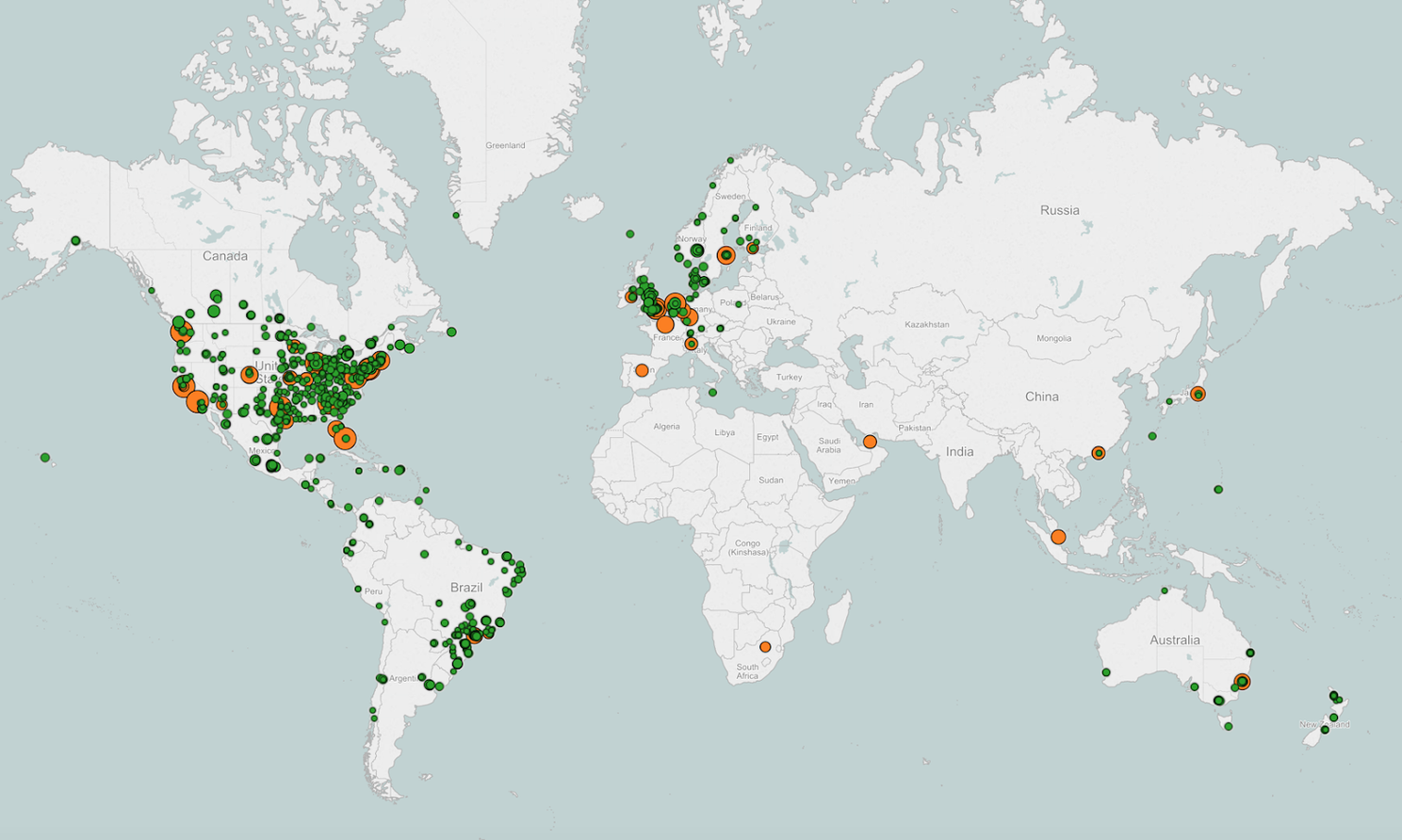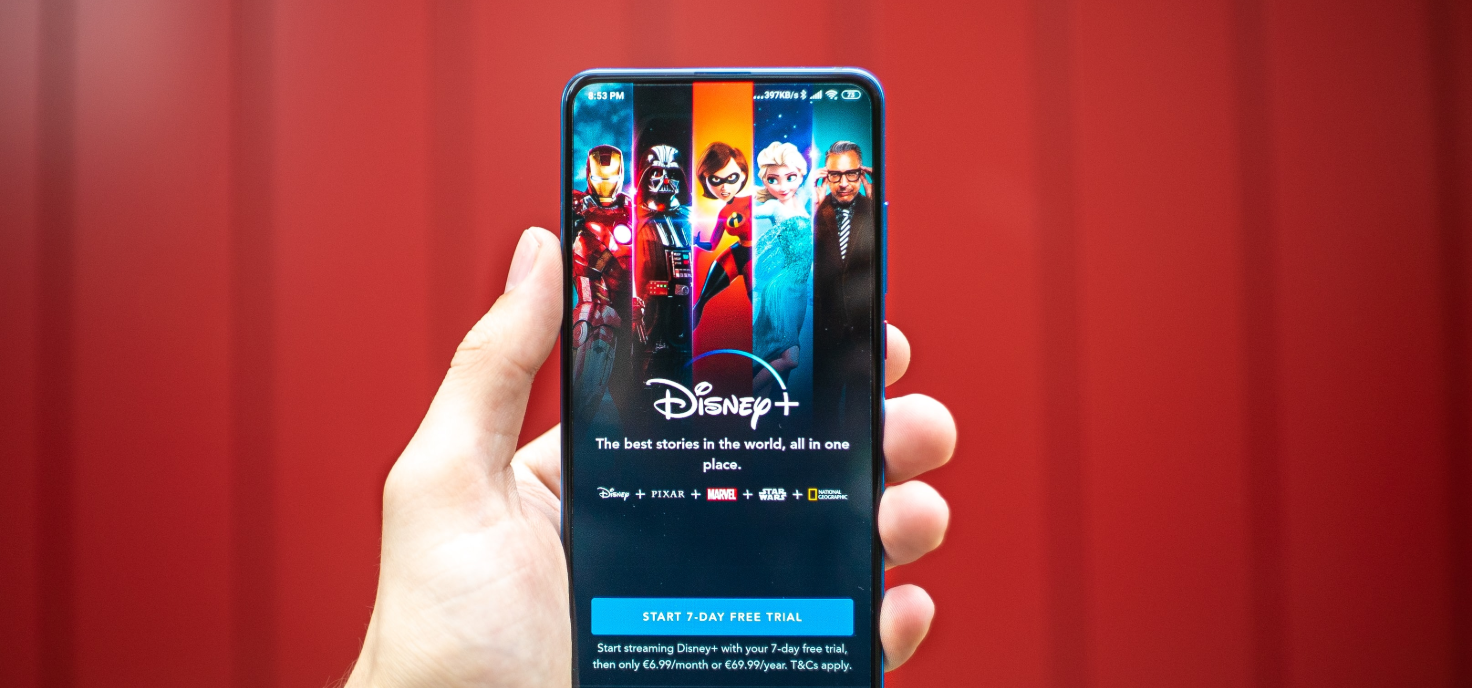3 things you need to know
More than half of the Dutch are subscribed to a streaming service such as Netflix, Disney+ or Amazon Prime Video. But how does it actually work? We discuss how streaming services get their content, but also how streaming works and how they make money.
Contents
Streaming services
51 percent of the Dutch is subscribed to at least one streaming service, according to a study by Telecompaper that Androidworld wrote about. In the Netherlands, Netflix is by far the most important streaming service. Although the new Viaplay and HBO Max do succeed in challenging the most popular services in our country, according to research by GFK. Netflix’s position is also faltering on a global scale, as in 2022 the company lost subscribers for the first time in 10 years.
1. Collect content
To function as a streaming service, of course, the first thing you need is content. A company like Netflix originally started buying licenses to show films and series, because it is cheaper on a larger scale than producing their own content. Stream companies negotiate directly with publishers and the terms of such a license agreement can vary widely.
Sometimes a film or series may or may not be offered exclusively for a certain period, and in certain cases the streaming service has to return to the table afterwards to negotiate a new term, iPleaders knows that. In yet other circumstances, a series or movie will only stay on the streaming service if it is viewed a minimum number of times. If the show turns out to be unsuccessful, the streaming service will also stop offering them.
A streaming service such as Disney+ has been strongly committed to its own content from the start. Marvel, Star Wars and Pixar series and films are especially in the spotlight, and Disney+ followed a reverse trajectory compared to Netflix in that area. It wasn’t until after the service’s launch that Disney+ decided to significantly expand its content with the additional ‘Star’ content.
2. This is how streaming works
And then we come to the technological side. Every streaming service uses a server infrastructure. Disney+ as well as Amazon Prime Video, HBO Max and Netflix use the Amazon Web Services (AWS) infrastructure. They use servers worldwide where the content is stored. Each movie or episode of a series is available in different resolutions and formats, adapted to different subscriptions and devices to play on.
All streaming services also use a so-called Content Delivery Network (CDN) to ensure smooth streaming. It ensures that you don’t have to connect to a distant server in the US when watching an HBO Max series. The content is distributed across servers worldwide, so your Netflix app connects to the closest one to enable the best performance. CDNs are also used by all websites including Facebook, Twitter and Google; Cloudflare, a major global player that offers internet services, knows that.
The quality of your own internet connection at home also plays an important role, because even if you have the right to see content in 4K, streaming services will still choose a lower resolution if your internet connection is not stable. When you start streaming, the opening part of a movie or series is actually downloaded and played immediately. The rest will be downloaded later the further you look.
Open Connect
Netflix has single-handedly made streaming movies and series a success, and it has also launched its own strategy for its CDN over the years. Netflix works with providers worldwide – including in Belgium and the Netherlands – to enable even faster streaming performance with the help of mini servers. Netflix calls it ‘Open Connect’. Those small servers are delivered to providers and they are installed on the provider’s own servers. This further reduces the network delay when streaming. Only the most popular content from Netflix is stored on Open Connect. So you can notice that the fourth season of Stranger Things plays faster than a lesser-known series.
This approach of Netflix also brings benefits for the internet providers. On the one hand, customers are more satisfied with their internet experience, but Open Connect ensures that their network is less taxed. This is advantageous if you know that video streaming has by far the largest share of worldwide internet traffic. You can see that in these figures from Statista.

3. The revenue model under pressure
This is the aspect that has come under increasing pressure in recent months. As linear television – or watching what is on the air – loses more and more ground on streaming services, mutual competition also increases. Netflix is losing market share due to the rise of Disney+, HBO Max, Amazon Prime Video and local providers worldwide. To secure its future, it invests in more content or other things like games. As a result, prices must also rise.
Advertising as a solution?
An advantage that most streaming services offer from the start is that they are ad-free, but that picture will change in the near future. Netflix is losing subscribers for the first time in 10 years and hopes, among other things, to turn the tide by offering consumers a cheaper subscription with advertising. In effect, advertisers have to pay the part of the subscription fee that the price-conscious consumer does not want to pay. Netflix works with Microsoft for those ads. Disney+ will also follow suit and HBO Max is already available in a commercial format in the United States.
According to a recent SurveyMonkey survey that Androidworld wrote about, 61% of people with incomes up to $20,000 a year are considering stopping or pausing their Netflix subscription, compared to 47% of those earning more. 46% would therefore like to switch to a cheaper formula with advertising. Such an alternative is especially popular among millennials (58%).
Which streaming services are you subscribed to? Can you be found for a cheaper subscription with advertisements? Let us know in the comments.
The most popular articles about streaming services




